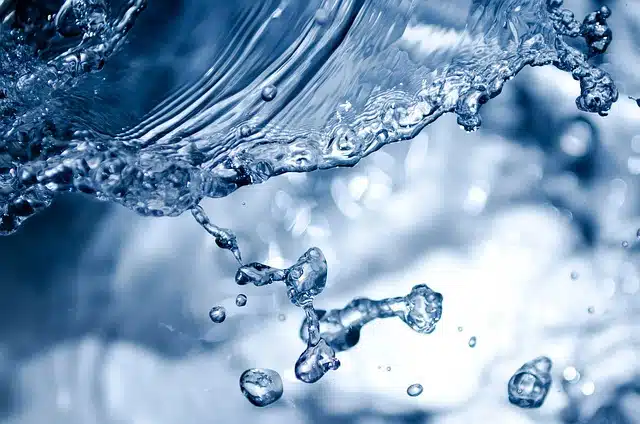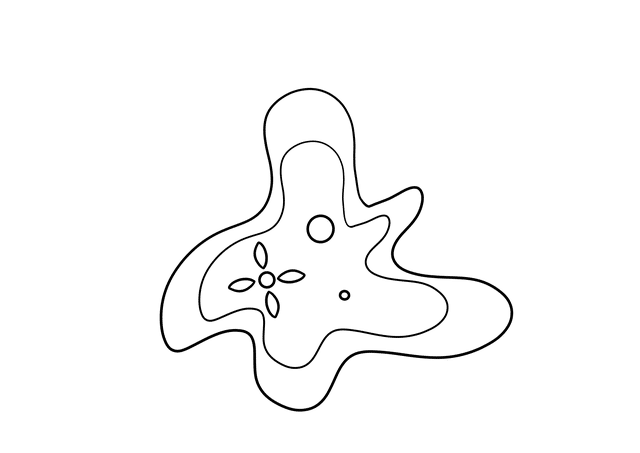
The amorphous does not have a stable or fixed form.
Amorphous is an adjective that derives from the Greek language and refers to that which lacks a fixed or stable form . This is a characteristic that substances in a gaseous or liquid state especially have.
Amorphous is linked to the absence of periodic and ordered structures of ions or atoms . In this sense, there are amorphous solids such as glass: its molecules do not have a regular arrangement. In this way, the glass takes the shape of the mold in which it solidifies.
Example of amorphous elements
Take the case of water . This substance, whose chemical formula is H2O , when in a liquid state is clearly amorphous: it adapts to the shape of the container that contains it. Water can be stored in a rectangular, round or triangular container, to name a few possibilities.
When water solidifies and turns into ice , it takes the shape of the container. If we place water in a cooler (also known as an ice bucket ) and leave it in a freezer for a few hours, the resulting pieces of ice will take on the cubic shape of each of the small compartments, and hence they are known in everyday speech as ice cubes. of ice
Amoebas , on the other hand, are amorphous microorganisms. This unicellular protist does not have cell walls, a peculiarity that causes its shape to change constantly and not be stable.

Amoebas are amorphous microorganisms.
A classification of characterology
The dictionary prepared by the Royal Spanish Academy ( RAE ) also mentions that the amorphous adjective can be applied to the person who does not have his own character , but rather his behavior and thoughts are influenced by the interference of others. This is related to the field of characterology , a methodical knowledge of the human being that allows us to distinguish each one from the others based on those traits that make them original.
The study of characterology has various applications, such as the investigation of criminal acts. When this knowledge is applied to the field of criminology, it is possible to accelerate and direct a process, through meticulous observation of the criminal's actions to understand his character and thus anticipate his plans. It is worth mentioning that characterology also serves to understand the behavior of groups of people who share interests or behavioral traits.
Characterology, therefore, allows us to establish a classification of the different types of characters that a human being can have. According to the French psychologist and philosopher René Le Senne, author of ideoexistential philosophy, we can distinguish eight character profiles , which are the following: nervous, passionate, choleric, sentimental, sanguine, phlegmatic, apathetic and amorphous .
The amorphous character
Returning to the type of amorphous character, we can say that its most prominent trait is laziness , which is presented in a deep and deep-rooted way. These are those people who do not spend part of their time reflecting on the future or the consequences that their actions may have, but rather live in the present and focus on satisfying their needs with as little effort as possible .
Amorphous individuals have great difficulty refusing the influence of others, and this can lead them to commit acts of various natures; In a kidnapping case, for example, this personality is common in the person who is designated to hold the victim and be in charge of bringing him food.
In general, amorphous people are great procrastinators , as they postpone their obligations until the last minute. Similarly, they avoid overly demanding tasks at all costs and seek to take advantage of the efforts of others. As if this were not enough, they sleep too much and have no practical sense.
